We take the latest carbon fibre linkage fork on the market and test it in the U.K grit and mud. Keep reading for our Trust Performance Message linkage fork review.
Trust Performance surprised everyone when it released the bonkers Message linkage fork back in October. Given the healthy dose of marketing and some bodacious claims as to what ‘trailing multi-link front suspension’ can do, we decided to get one in during the middle of a UK winter to put it to the test. Here David Hayward takes us through his first impressions of riding the Message fork, which will be followed up by an in-depth, longterm review. Over to David!
Linkages! Unlike most forks, which hide the moving parts inside telescopic tubes, much of the working of the Trust Message is on show. More gubbouts than gubbins, though there are twin air springs and a damper on the inside. Obviously, the linkages were the first thing I noticed. The second was that it had a carbon steerer.
Watch The Trust Performance Message linkage fork in action.
The third was the large amount of information and warning stickers located all over it. Torque this, consult that, be careful of such-and-such. Being from California, I was surprised it didn’t have one about chemicals. Then I went to the website and there it was, a little link below the ADD TO CART button: “WARNING – Learn more about California Prop 65”.
You probably won’t die from fitting this fork. I haven’t yet.
Fitting The Trust Performance Message Fork
The Trust Message has some specific needs, such as a long valved shock pump and, because of the carbon steerer, an expando-bung rather than a star nut. Both are supplied with the fork, along with a setup guide, manual, 8Nm torque key (for maintaining the pivots), a stack of air volume spacers (“huck pucks”), and a cable routing kit.
Many parts of the fork are also covered in transit film, under which everything has a smooth, uniform grey finish. almost every bit of this is carbon fibre, bringing our test fork in at a weight of 2017 grams, which is 37g more than the claimed weight. Weight variance within 2% really isn’t bad, and you sometimes see bigger weight variations listed for things like carbon rims.
Down the brake side of the fork there are a couple of carbon fibre hose guides moulded on, which work with zip ties. Beyond that, and the cable jobber kit, there are no instructions on how to route the hose.
Fitting was as straightforward as any fork – cut steerer, gently fit crown race, tighten stack, tighten stem – until I got to the brake. While Trust Performance is keen to point out the Message works with a wide variety of axle-to-crown heights, I wasn’t able to just pop the same front brake back on, because the hose was about five inches too short. Because I’m lazy and didn’t want to re-hose then bleed a brake, I grabbed a spare back one, put a loop in the hose, and it was just about right.
Gratifyingly, once zip tied into the two cable guides, the hose also snaked around the linkage without touching or rubbing it. I didn’t have to use any of the supplied kit to keep it away from anything.
Setting Up The Trust Performance Message Fork
In terms of rider setup, Trust’s documentation is both thorough and exacting in terms of a starting point. Fill the air spring in both sides with psi equal to your riding weight (kitted up) in pounds. Consult the charts to then get your compression settings to their starting points.
174psi seems like an awful lot to put in a fork, given most run well for me in a range of 60 to 75psi. Much like how a shock interacts with the back end of your bike though, this is a linkage fork, which of course puts leverage on the end of the air springs.
There’s a nifty sag and travel indicator on the side of the fork, where a little stud rotates a dial with a needle on it. A first test at their recommended air pressure revealed that, yes, it put me exactly at the recommended 20% sag.
Like many things and people, the manual struggled a little to explain compression and rebound. Follow the diagrams carefully here and you’ll be fine, though there was one paragraph that led me to first go out with a hilariously slow rebound setting.
Trust Performance Message First Ride(s)
The very first ride this had was in snow, quite short, and slow. Some of it drifted deep enough that we needed lower gears for the descent than the climb. For the one bit of descent that ran faster, the fork seemed to be packing down into the mid-travel.
Normally the first thing I’d look at for that is too little air in it, but the travel-o-meter on the side of the fork showed I was getting nowhere near full travel, so of course it was down to slow rebound. I performed a highly scientific bash-into-the-floor-lift-up-then-see-how-fast-it-returns test, sped it up until it seemed about right, and indeed it started to feel a lot better.
Fast forward a couple of days, the snow was gone and I could test this out in some faster running trail conditions.
At the top of the right leg, there’s a mode switch with firm, medium and open settings. Even in firm, climbing seated on roads results in some visible bob from pedalling. Not much, but you do need that firm mode on or even a small amount of weight on the bars will result in pedalling movement getting through to the linkages. This is far from the first fork I’ve ridden that’s sensitive to this, and it’s certainly good for practicing smooth pedal technique.
In the softer modes, either climbing or taking it for an initial spin around the car park, the first thing you notice is just how visibly different the axle path is to a conventional fork, and how supple the initial 20% of travel is. There’s basically no stiction here, just very good small bump compliance.
As you watch that initial travel, the hub bobs backwards and forwards very noticeably. Trust Performance say this is to maintain the trail of the front wheel (if you’re unfamiliar with that term: trail is the amount by which the front tyre contact patch sits behind the intersection of the head angle and the ground. Like a caster on a supermarket trolley, more trail makes it more stable but slows steering. No trail at all would make for very twitchy handling).
With a conventional telescopic fork, as it works its way through more of the travel, the head angle of the bike steepens and the trail measurement shrinks. With the Message though, the axle path supposedly keeps the steering and front wheel stability consistent, no matter how much travel you go through.
I couldn’t really distinguish that immediately, which is not necessarily surprising for a first ride. What I did manage with it was to test the settings advised by Trust, dial my rebound in, and get some ideas on what to tweak next.
To test it a bit further, on my way home down the canal, I started hucking off some retaining walls near lock gates as I passed them. Nothing massive, just 1 – 2.5ft drops onto gentle slopes. Now some of this is certainly my erratic technique, but the response from the fork felt slightly inconsistent here too. Sometimes I’d use 20%, sometimes 50%, 80% or 100% of the travel, and it didn’t seem to wholly correspond to the height of the drop.
Of course, those springs and dampers are not responding in random ways to physical forces – as the rider I’m applying them inconsistently. It felt like the fork wasn’t giving me super clear feedback of how much travel I was using though. I’d stop to check the travel indicator, and it was quite often a surprise. The time I bottomed it out, I didn’t feel it at all. Overall, I’d definitely use the term “firm” to describe the fork feel so far, and not “harsh”.
The initial travel is incredibly supple and sensitive, and the air spring is exceptionally progressive at the recommended pressure. Combine all that with the right rebound setting and it does an exceptional job of smoothing out small trail chatter, so far giving feel I’ve only found in forks with coil or oversized air negative springs to remove stiction.
Pushing beyond that initial travel, it’s been a little chattery though, and travel usage seems to vary far more in relation to my position on the bike than with a regular fork. I’m going to be spending time finding out if that’s inherent to the Message, or just the initial setup I’ve done.
Tentative Conclusions
The Message is not an immediately intuitive fork for me, and it feels like I might spend a week or two chasing settings round before I’m confident in them. First I’m going to experiment with the rebound damping, then the compression damping, and then maybe some adjustment to the air pressures.
The tech page on Trust’s website mentions lag (high hysteresis) in conventional suspension systems, and states “Low hysteresis suspension systems often feel like they have more damping compared to those with higher levels of hysteresis“. That may be what I’d been feeling on this first ride.
The first bike I slapped this fork onto was a 29er hardtail, and I’m going to swap the fork onto longer travel bikes before I draw any firm conclusions. Stay tuned and read all about it soon.

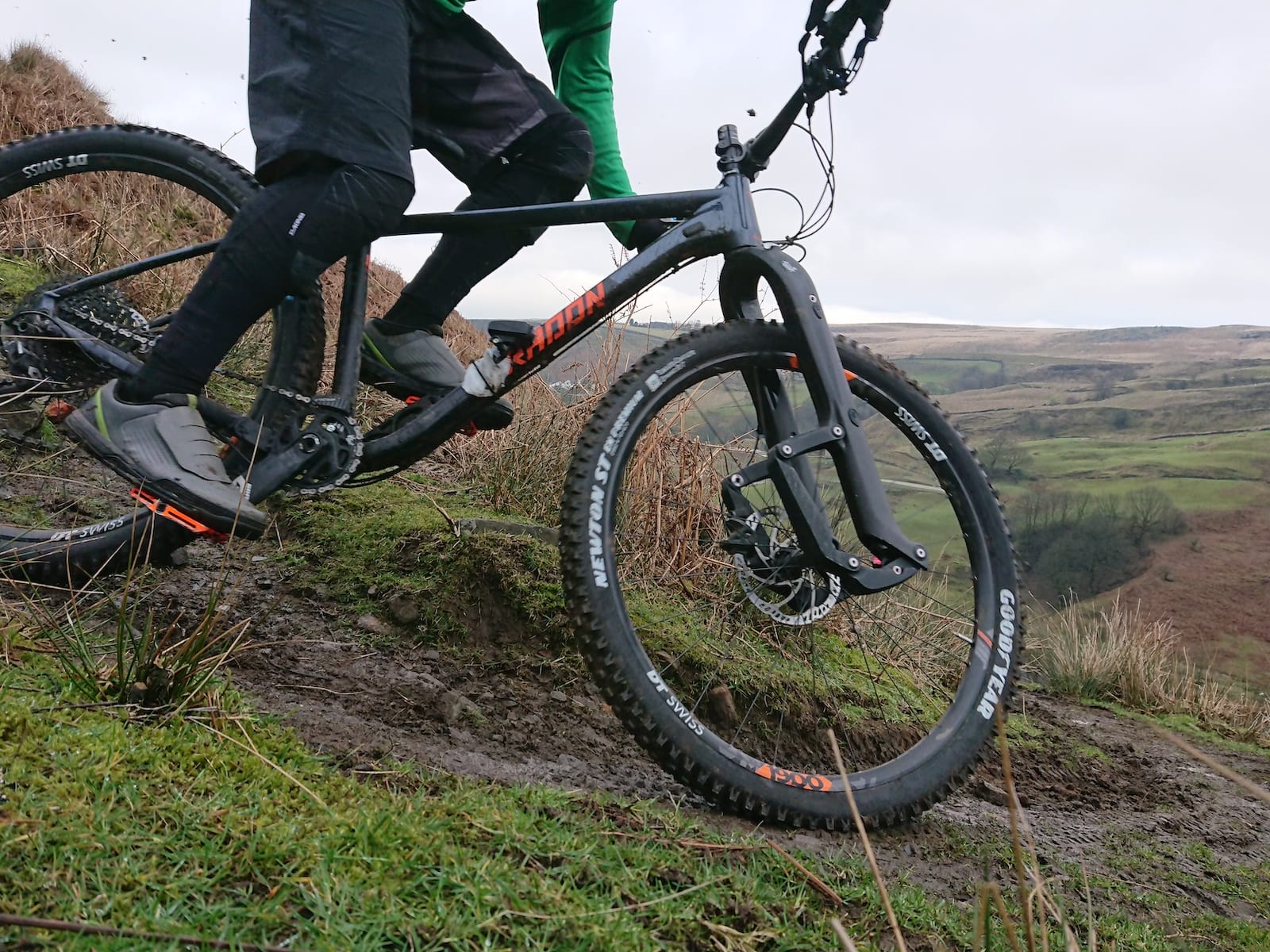




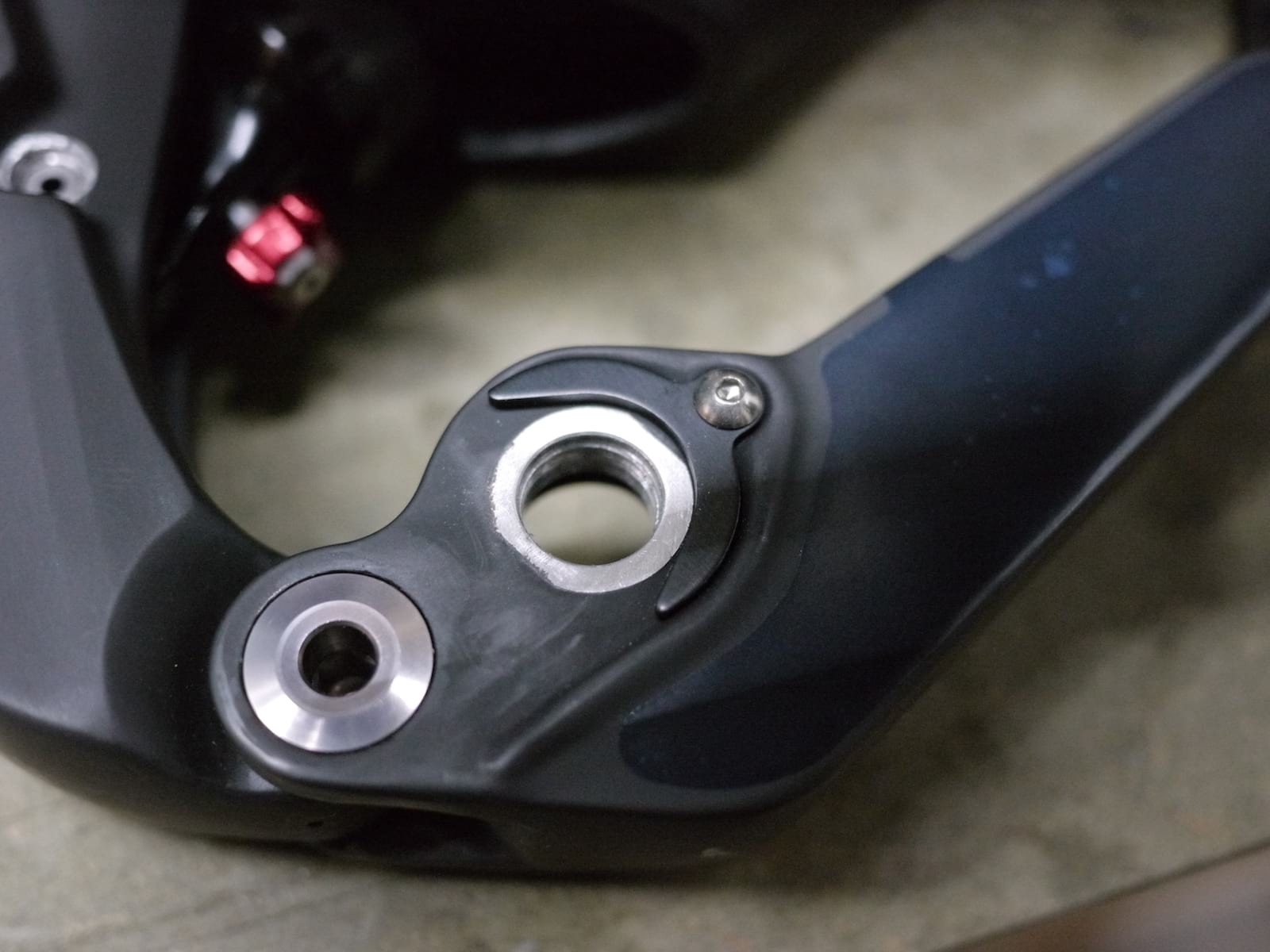
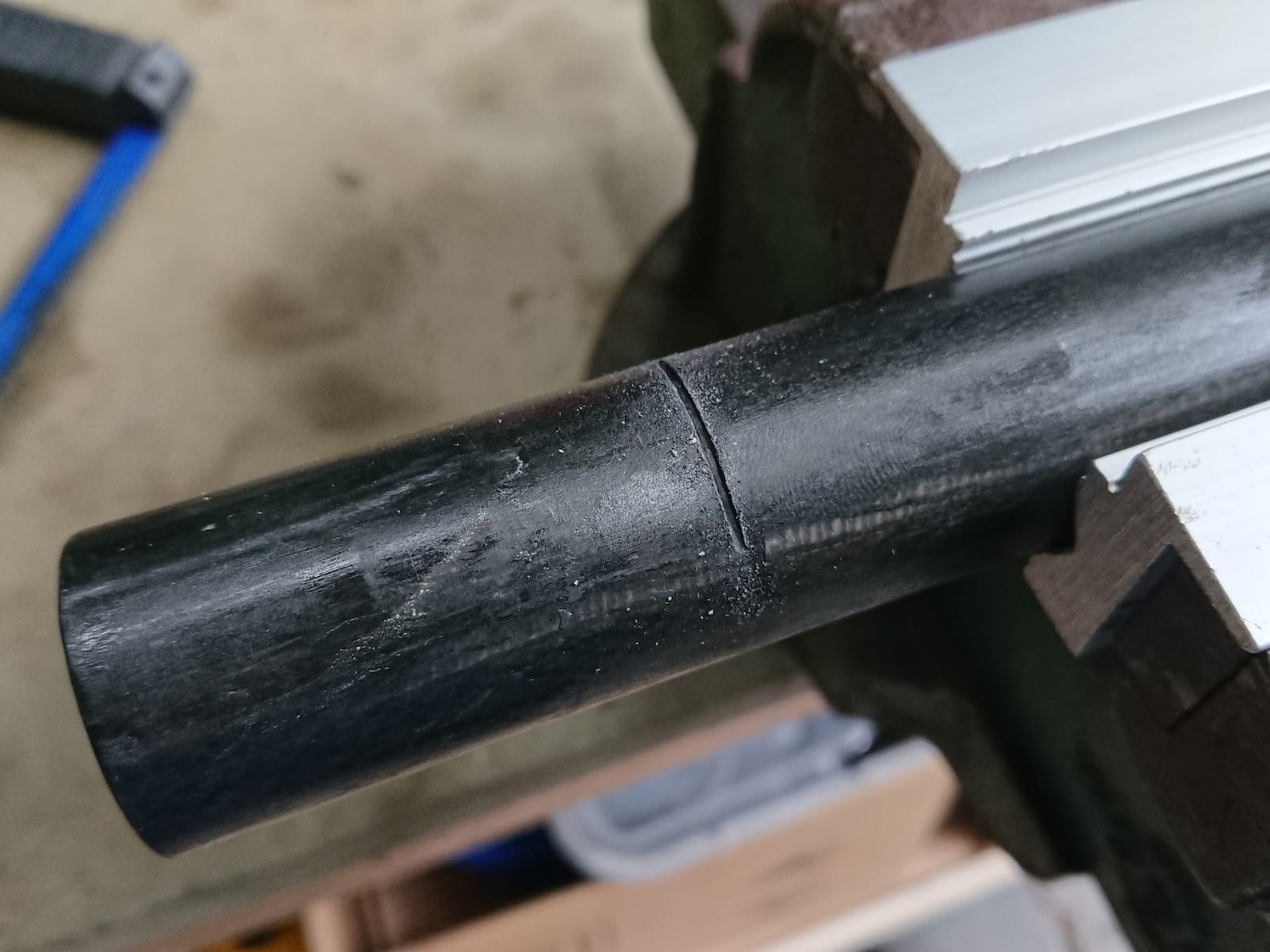
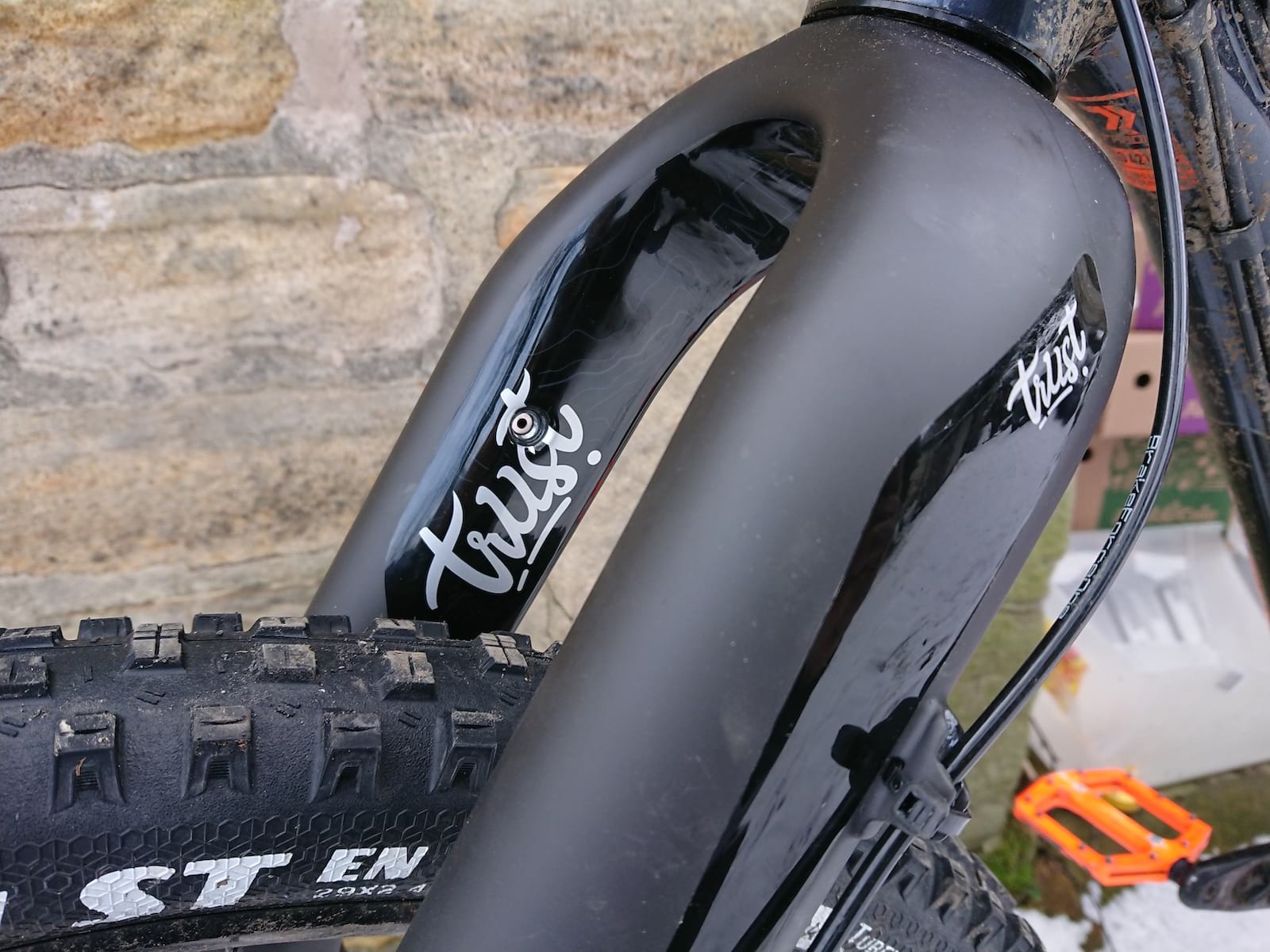
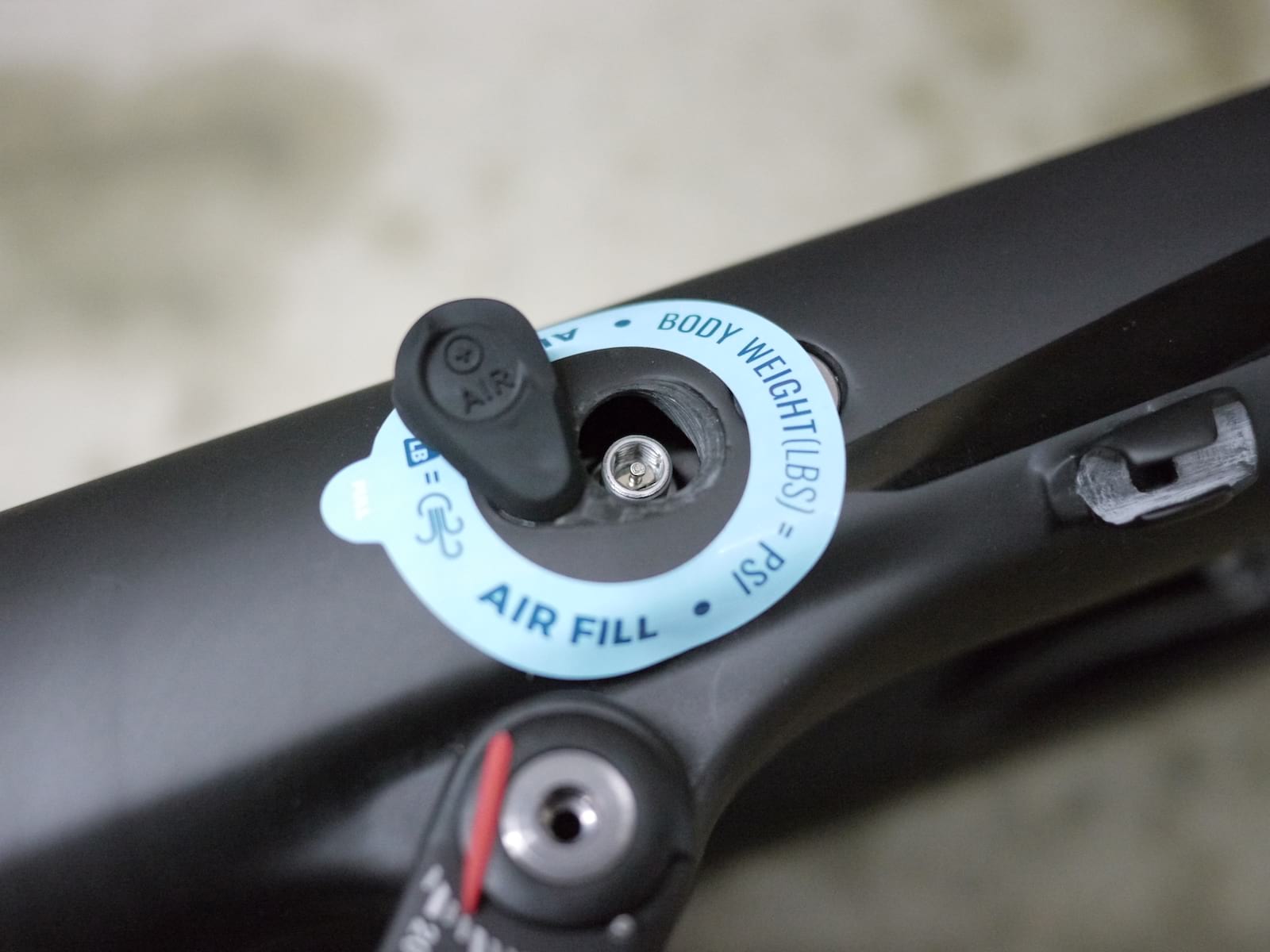
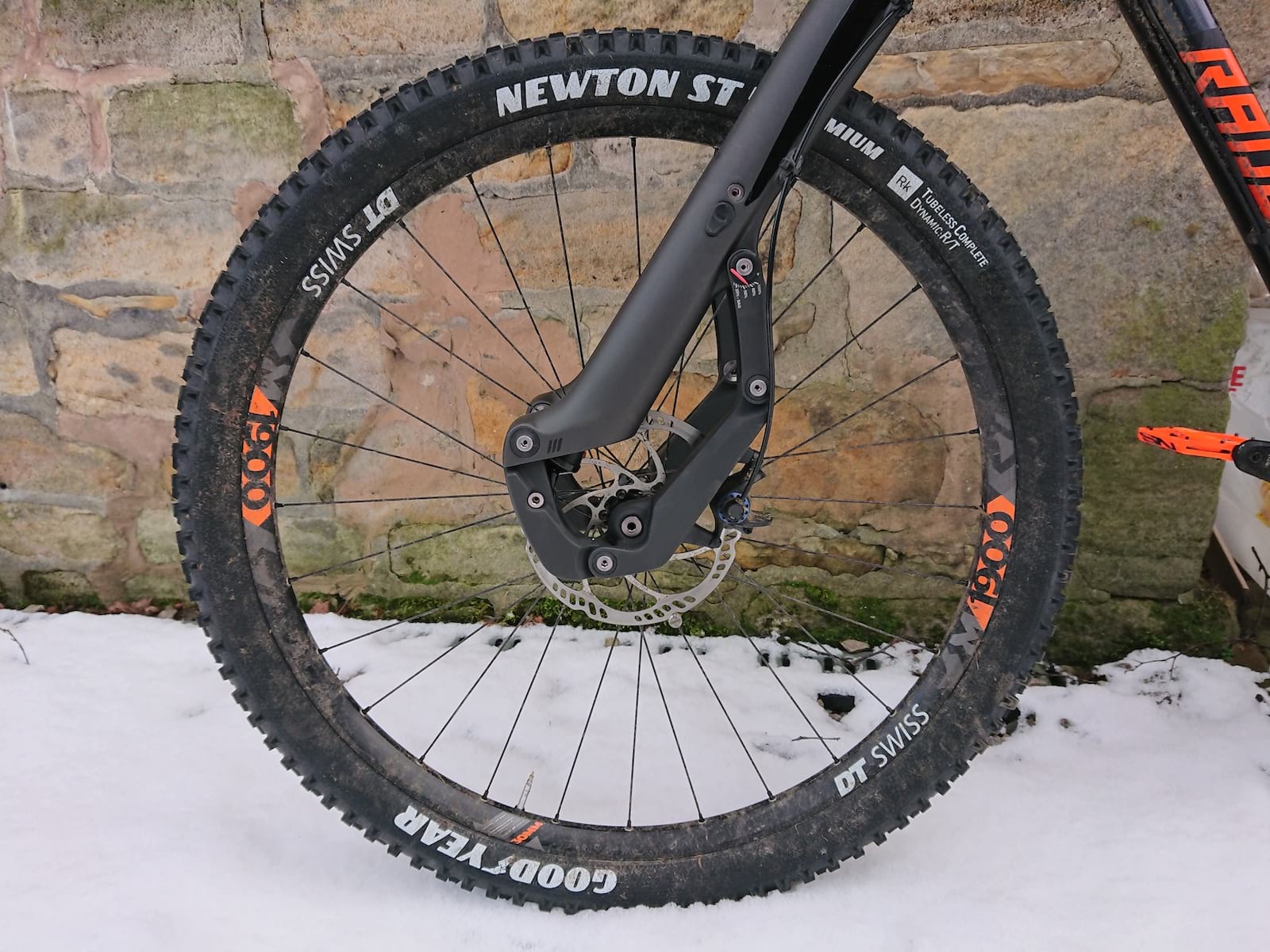
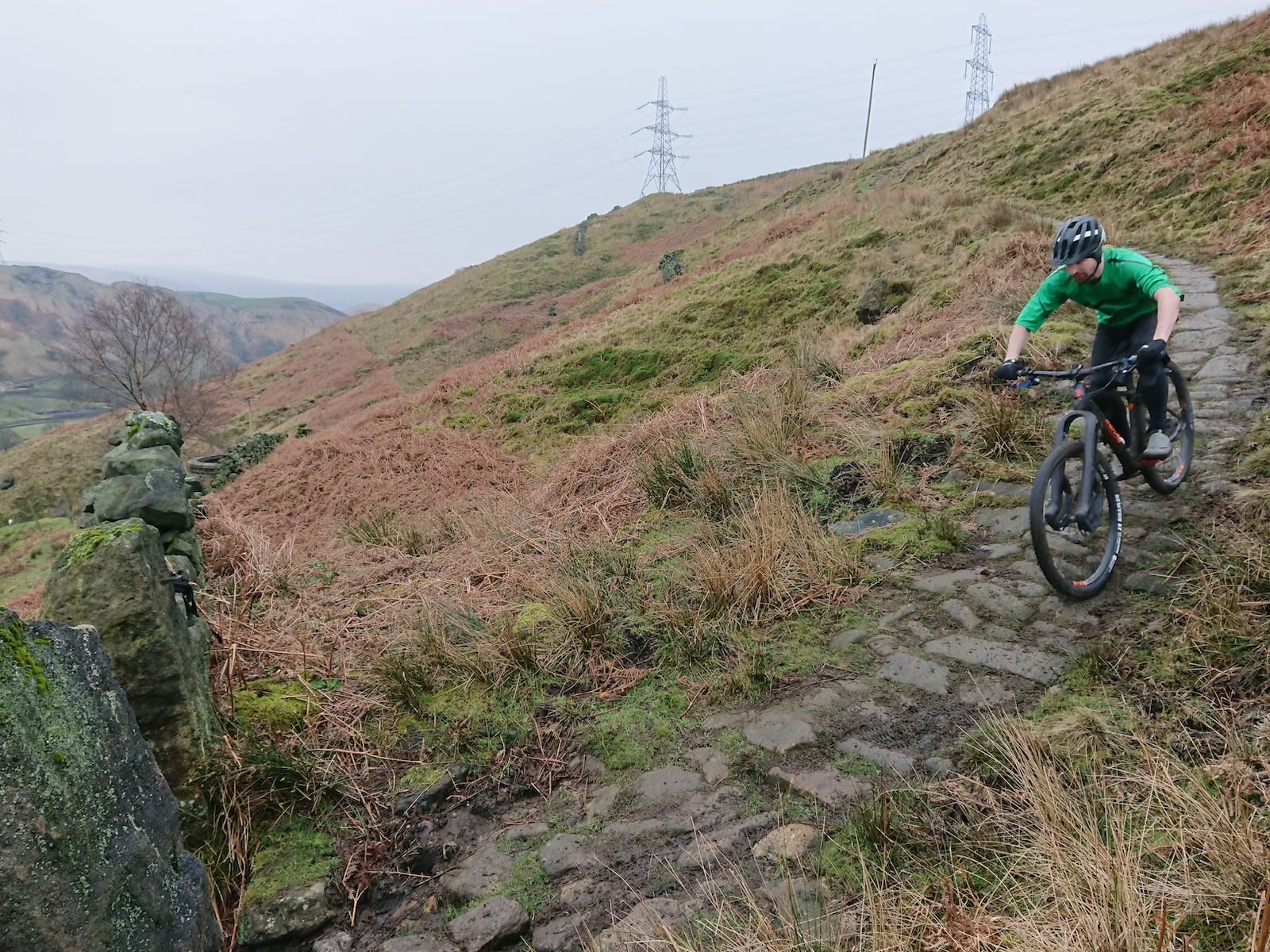
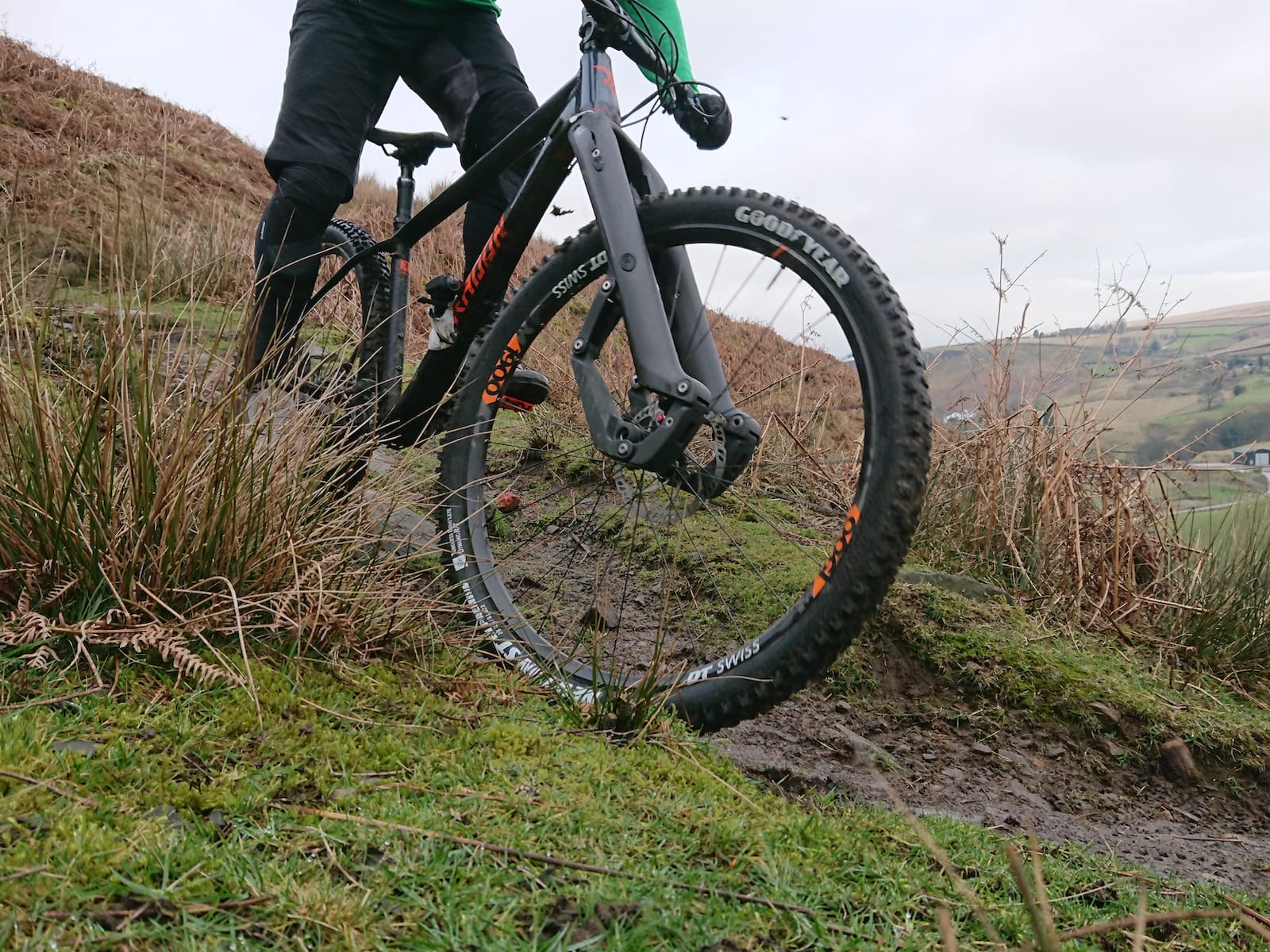
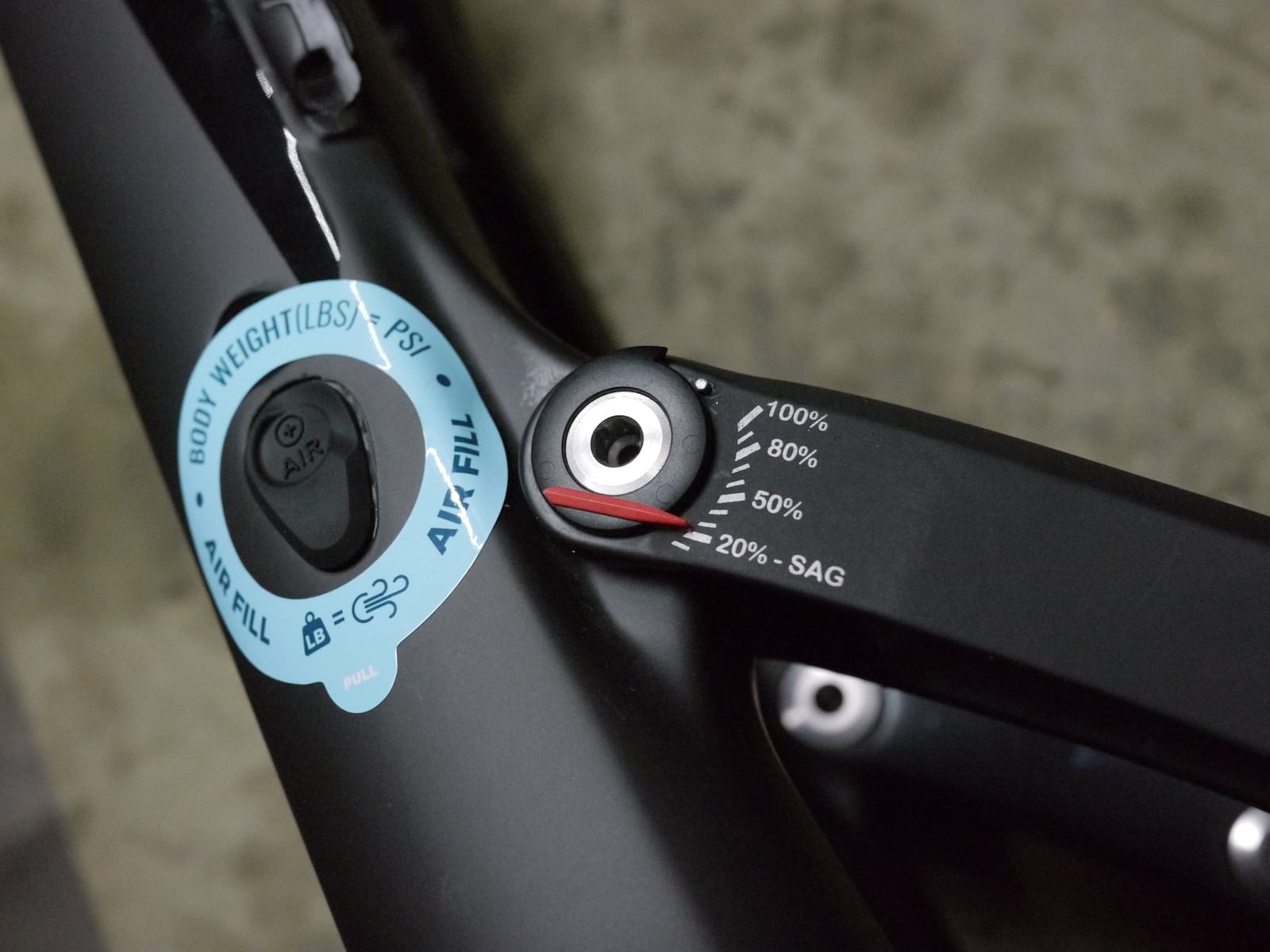
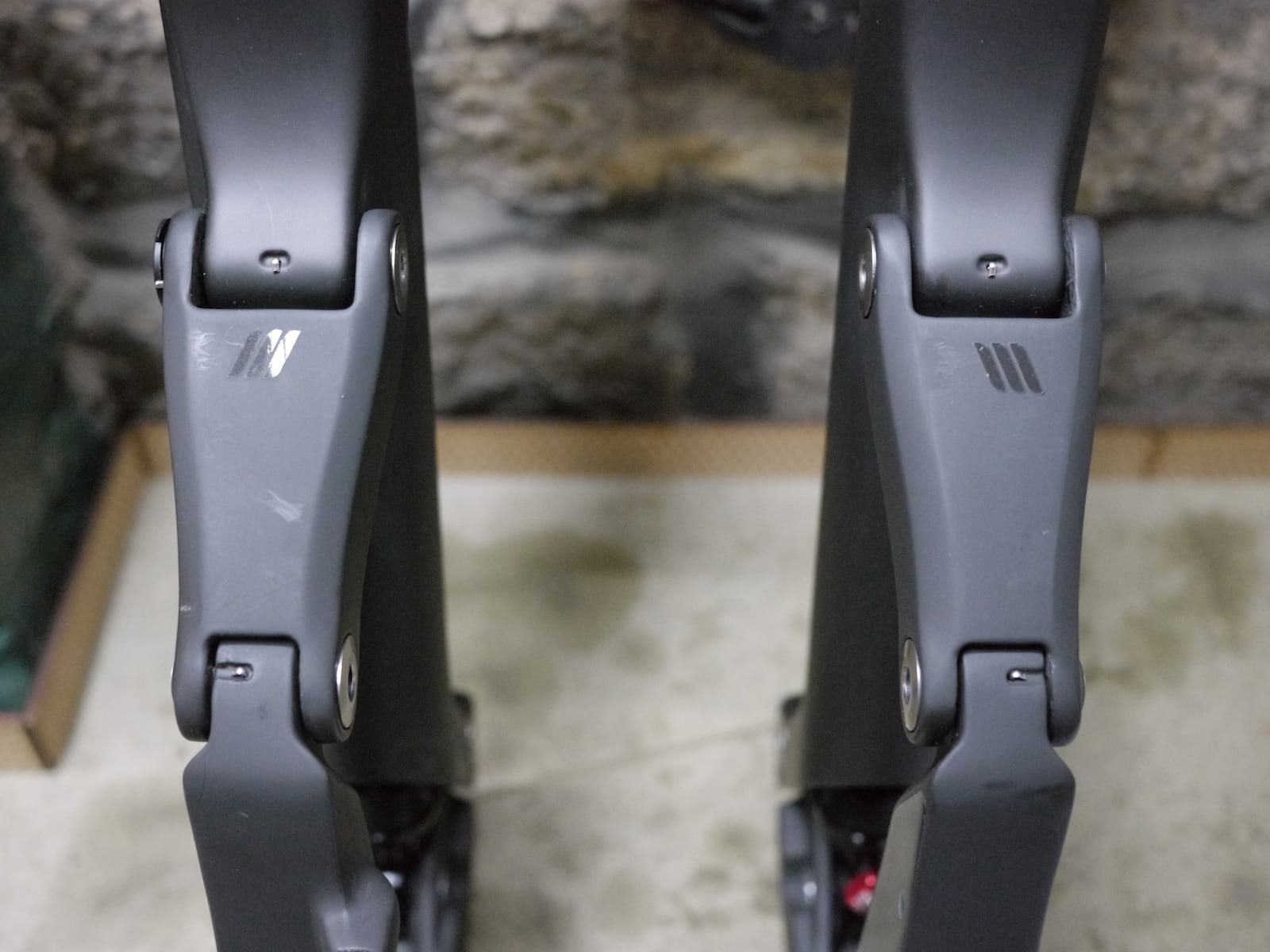
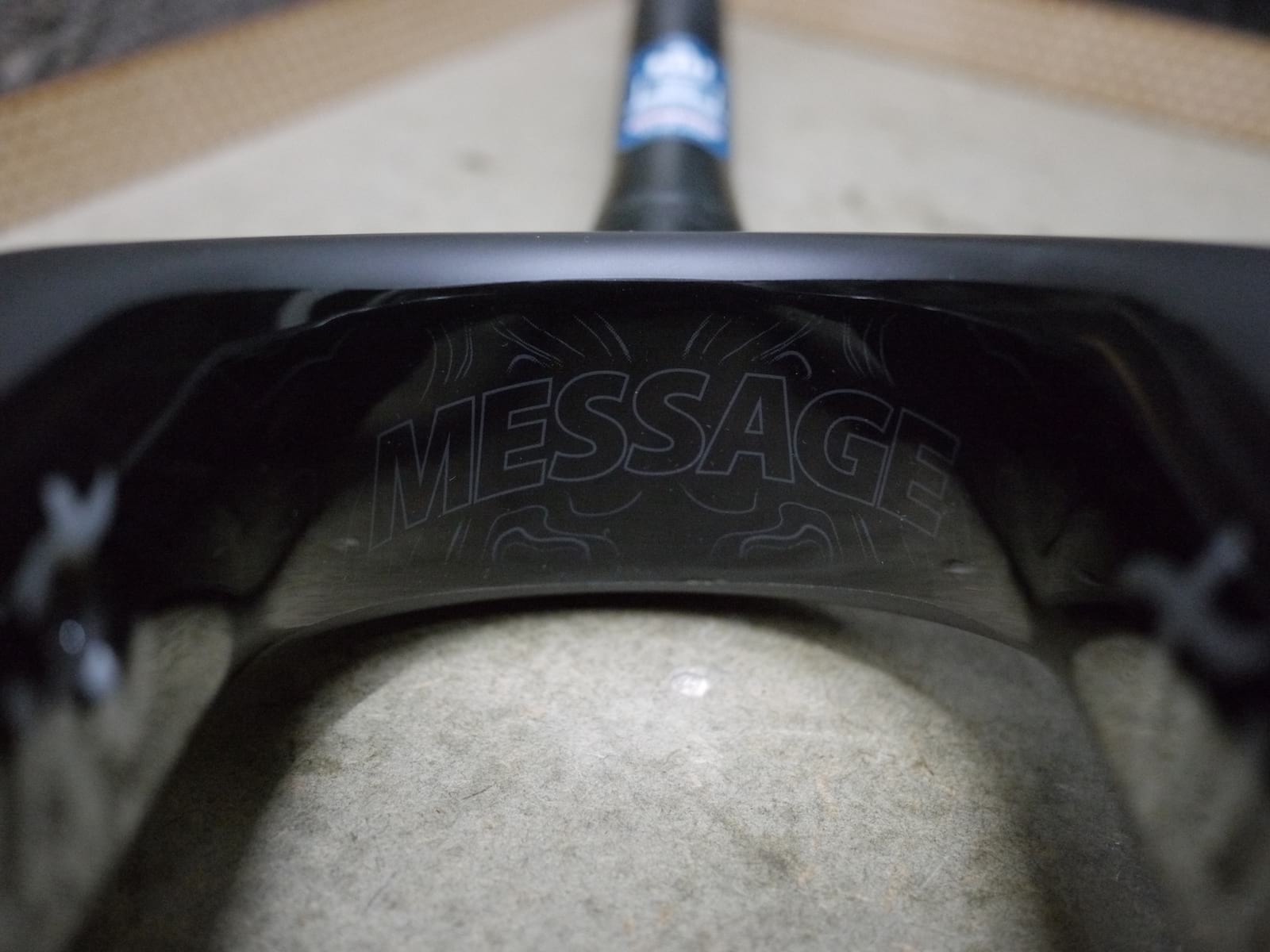
Seems like it’s only the 15mm axle keeping both sides moving in sync. Is that enough? Could the pivots be binding on off camber stuff?
I’m certain it’s not binding: with a 29er wheel in, deflecting it as far as it’ll go with a hand on the top and bottom of the tyre, the linkages still move smoothly. I’m also certain Trust wouldn’t let anything out the door if it was binding like that!
wrt the inconsistent travel on those drops, I suspect having something running higher pressures right at the front of the bike just makes it more sensitive to rider position. I’ve had a few more weeks on it since this was written; full review is on the way.